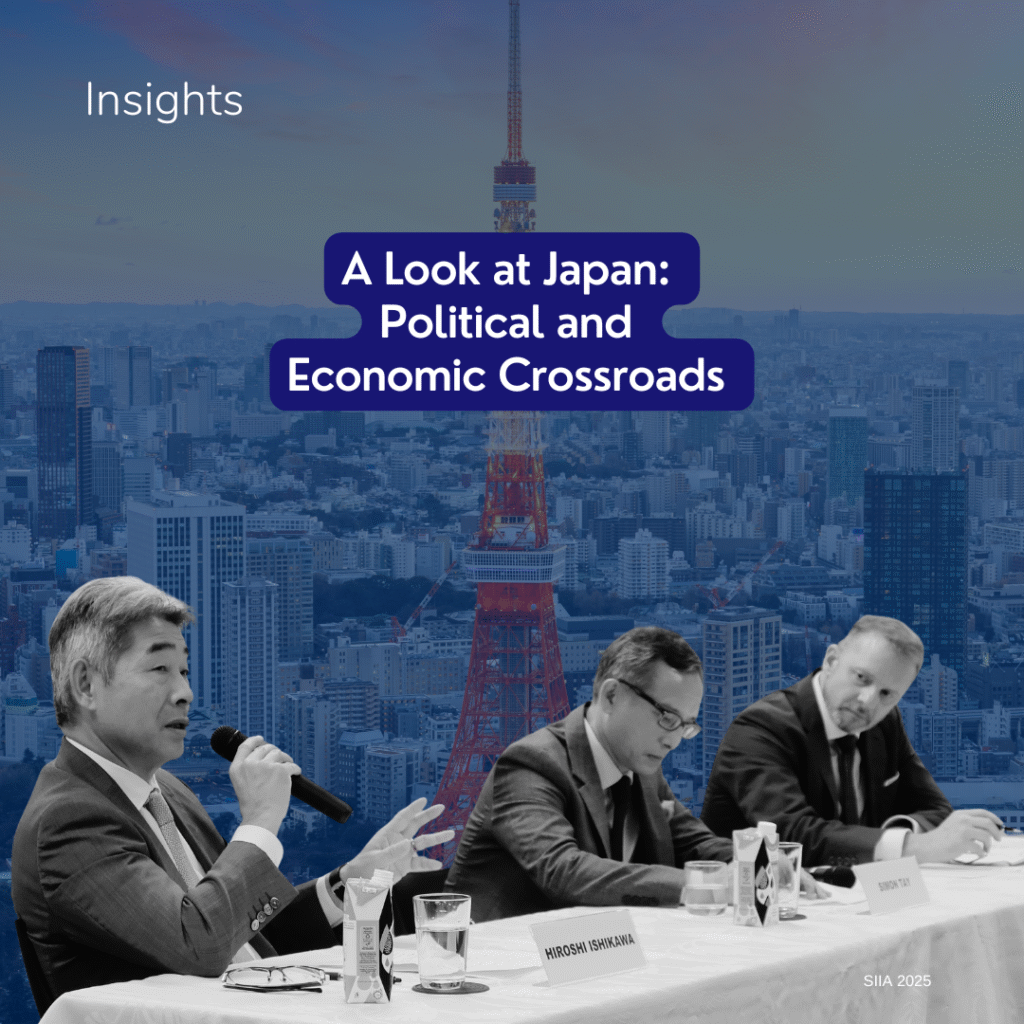SIIA Executive Director Nicholas Fang wrote a chapter for a new book, “Mapping State and Non-State Actors’ Responses to Nuclear Energy in Southeast Asia”, edited by Mr. Nur Azha Putra of the Energy Studies Institute and Dr. Mely Caballero-Anthony of NTU.
The book discusses policy issues and challenges surrounding the development of nuclear power energy in Southeast Asia (SEA). A brief summary of Mr. Fang’s chapter is below.
Towards a Regional Nuclear Energy Safety Regime in Southeast Asia
The ten members of the Association of Southeast Asian Nations (ASEAN) have in principle committed to regional cooperation on nuclear safety. Despite this pledge, ASEAN’s activities in this area have thus far been modest.
Indonesia, Malaysia, Thailand and Vietnam have all expressed interest in building nuclear power plants, but they have postponed their plans by at least some degree following the Fukushima Daiichi accident. At this point, it will likely be at least a decade before ASEAN sees its first operational nuclear plant, most likely in Vietnam. There is thus no immediate sense of urgency regarding the issue.
In addition, ASEAN member states are already cooperating on a bilateral basis with countries that have mature nuclear energy programmes, or have sought regulatory and technical advice directly from the International Atomic Energy Agency (IAEA), which further lessens interest in regional collaboration on nuclear safety.
However, given South-east Asia’s geography and the relatively small size of most ASEAN countries, a nuclear accident at a power plant in ASEAN would inevitably result in environmental damage across national boundaries. It is therefore logical that ASEAN establish mechanisms or plans for both crisis prevention and emergency response in the event of a nuclear accident. Multilateral cooperation on nuclear safety would also help preserve and grow trust between countries in the region, an objective that is aligned with ASEAN’s traditional role.
Regional cooperation on energy issues also meshes with the current ASEAN agenda of building closer integration and connectivity, in line with the grouping’s ASEAN Community established at the end of 2015.
So far, ASEAN’s regional cooperation on nuclear issues been more symbolic than substantial. In the short to medium term, ASEAN could further develop its Nuclear Energy Cooperation Sub-Sector Network (NEC-SSC), concentrating on capacity building, training, as well as the formulation of joint emergency preparedness and response plans. In the long term, it may be viable for ASEAN to establish a more formal regional nuclear safety regime offering organised economic, legal and regulatory support to its member nations.
Regardless of the model adopted, regional nuclear safety cooperation should ideally complement rather than compete with the global IAEA nuclear safety regime. ASEAN must also ensure any of its own regional arrangements are efficient, transparent and credible. As ASEAN countries move closer to seeing their first nuclear reactors come online, it is important that they continue to send the right signals to the broader international community.
For the time being, it seems the prospect of operational nuclear power plants in ASEAN is sufficiently far-off for countries to take a “wait and see” attitude. But it is important that both governments and the public start discussing these issues. The March 2011 accident at Fukushima Daiichi provides an important lesson on the dangers of complacency that ASEAN cannot afford to ignore.
Book Details
Nur Azha Putra, Mely Caballero-Anthony, eds. (2016) “Mapping State and Non-State Actors’ Responses to Nuclear Energy in Southeast Asia“. Singapore: World Scientific. ISBN: 978-981-4723-20-6





